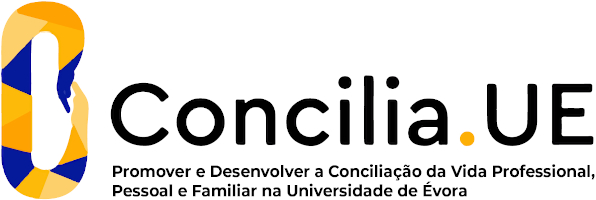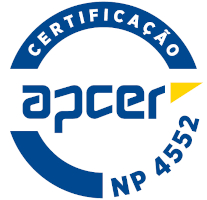2024
Microeconomic Analysis I
Name: Microeconomic Analysis I
Code: ECN10311D
7.5 ECTS
Duration: 15 weeks/195 hours
Scientific Area:
Economy
Teaching languages: Portuguese
Languages of tutoring support: Portuguese, English
Regime de Frequência: Presencial
Sustainable Development Goals
Learning Goals
This curricular unit has as fundamental objectives to develop an in-depth knowledge of advanced microeconomic theory and to develop analytic skills of microeconomic problems. At the end of the semester the student should have an advanced knowledge of:
• Consumer and producer theory and duality theory applied to these two topics
• Decision under uncertainty
• General equilibrium and welfare theorems
• Complete and incomplete information games
• Problems of asymmetric information
At the level of the competences, this UC intends to develop the analytical skills and the ability to do research. By the end of the semester students should be able to:
• Identify and critically analyze microeconomic problems.
• Model microeconomic problems
• Formally solve microeconomic models
• Assess the implications for economic policy and empirical and experimental studies
• Consumer and producer theory and duality theory applied to these two topics
• Decision under uncertainty
• General equilibrium and welfare theorems
• Complete and incomplete information games
• Problems of asymmetric information
At the level of the competences, this UC intends to develop the analytical skills and the ability to do research. By the end of the semester students should be able to:
• Identify and critically analyze microeconomic problems.
• Model microeconomic problems
• Formally solve microeconomic models
• Assess the implications for economic policy and empirical and experimental studies
Contents
1. Consumer Theory
a. Choices, preferences and utility. Revealed preference.
b. Consumers problem
c. Indirect utility function, expenditure function and demand functions
d. Duality and integrability
e. Decision under uncertainty
2. Producer theory
a. Production sets
b. Profit maximization, supply function and profit function
c. Cost minimization, conditioned demand and cost function
d. Duality in production
3. Decision under uncertainty
a. Expected utility theory
b. Monetary lotteries and risk aversion
c. First order and second order stochastic dominance
4. General equilibrium and welfare
a. General equilibrium under perfect competition
b. Pareto optimality and fundamental welfare theorems
5. Game theory
a. Static games of complete information
b. Dynamic games of complete information
c. Static games of incomplete information
d. Dynamic games of incomplete information
6. Asymmetric information problems
a. Incentives and moral hazard
b. Adverse selection
c. Signaling
a. Choices, preferences and utility. Revealed preference.
b. Consumers problem
c. Indirect utility function, expenditure function and demand functions
d. Duality and integrability
e. Decision under uncertainty
2. Producer theory
a. Production sets
b. Profit maximization, supply function and profit function
c. Cost minimization, conditioned demand and cost function
d. Duality in production
3. Decision under uncertainty
a. Expected utility theory
b. Monetary lotteries and risk aversion
c. First order and second order stochastic dominance
4. General equilibrium and welfare
a. General equilibrium under perfect competition
b. Pareto optimality and fundamental welfare theorems
5. Game theory
a. Static games of complete information
b. Dynamic games of complete information
c. Static games of incomplete information
d. Dynamic games of incomplete information
6. Asymmetric information problems
a. Incentives and moral hazard
b. Adverse selection
c. Signaling
Teaching Methods
The classes are theoretical-practical, combining presentation of concepts, results and demonstrations with examples of application of these concepts and results. The sections are supported by PowerPoint presentations but the blackboard is also used, in particular to solve models and do the proofs of results and to solve exercises. Students are called to participate actively in this process.
Students have to do 3 problem sets, where they have to apply the learned tools and techniques. These works involve solving complex microeconomic problems, many of which are new applications or generalizations of the models learned in class. Most problems involve the analysis of problems at a generic level (rather than working with specific functions) in order to train the ability to make formal reasonings. Some questions are about empirical implications of the models.
Evaluation is based on the results obtained in 3 problem sets (30%) and a final exam (70%). The minimum exam mark is 7.5 values.
Students have to do 3 problem sets, where they have to apply the learned tools and techniques. These works involve solving complex microeconomic problems, many of which are new applications or generalizations of the models learned in class. Most problems involve the analysis of problems at a generic level (rather than working with specific functions) in order to train the ability to make formal reasonings. Some questions are about empirical implications of the models.
Evaluation is based on the results obtained in 3 problem sets (30%) and a final exam (70%). The minimum exam mark is 7.5 values.
Teaching Staff
- Cesaltina Maria Pacheco Pires [responsible]





















